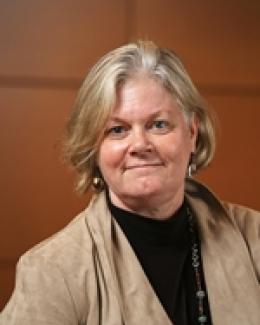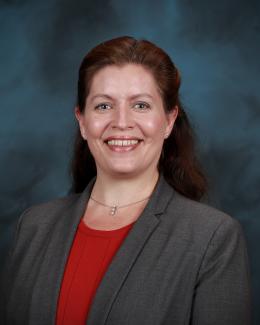Abstract
The US has large potential to grow perennial energy crops, but because these crops are rarely grown in current agricultural landscapes, it is unclear how biodiversity may be affected. Over time, as agriculture has increased, many grassland species have declined. In addition, not all agricultural land is profitable for growing annual crops. Unprofitable areas were responsible for a loss of approximately $110 million USD per year from 2013 to 2016. Based on this, we want to know how converting less-profitable portions of agricultural fields to switchgrass, a native prairie grass, would influence species occurrence. To address this question, we developed an alternative landscape in which clustered corn/soy acres with a low return on investment (ROI) were replaced with grassland. We also developed and validated species distribution models to predict changes in species occurrence for 28 avian species in Iowa in response to landscape management. We compared results for three different models: Random forest (RF), Stochastic gradient boosting (GBM), and Neural network (Nnet) and found that all models performed well and predicted similar species distribution. Predicted species richness increased by 3.66% (RF), 2.79% (GBM), and 7.51% (Nnet) when we simulated a change in management for ~3% of Iowa's low ROI corn/soybean areas to grassland. If harvested, these areas could generate approximately 7.6 million dry tons/year of switchgrass for bioenergy, thereby increasing farmers earnings. Unprofitable areas tended to occur along streams, which suggest that incorporating partially harvested riparian buffers can benefit avian biodiversity, while improving water quality and reducing unnecessary costs for farmers.



